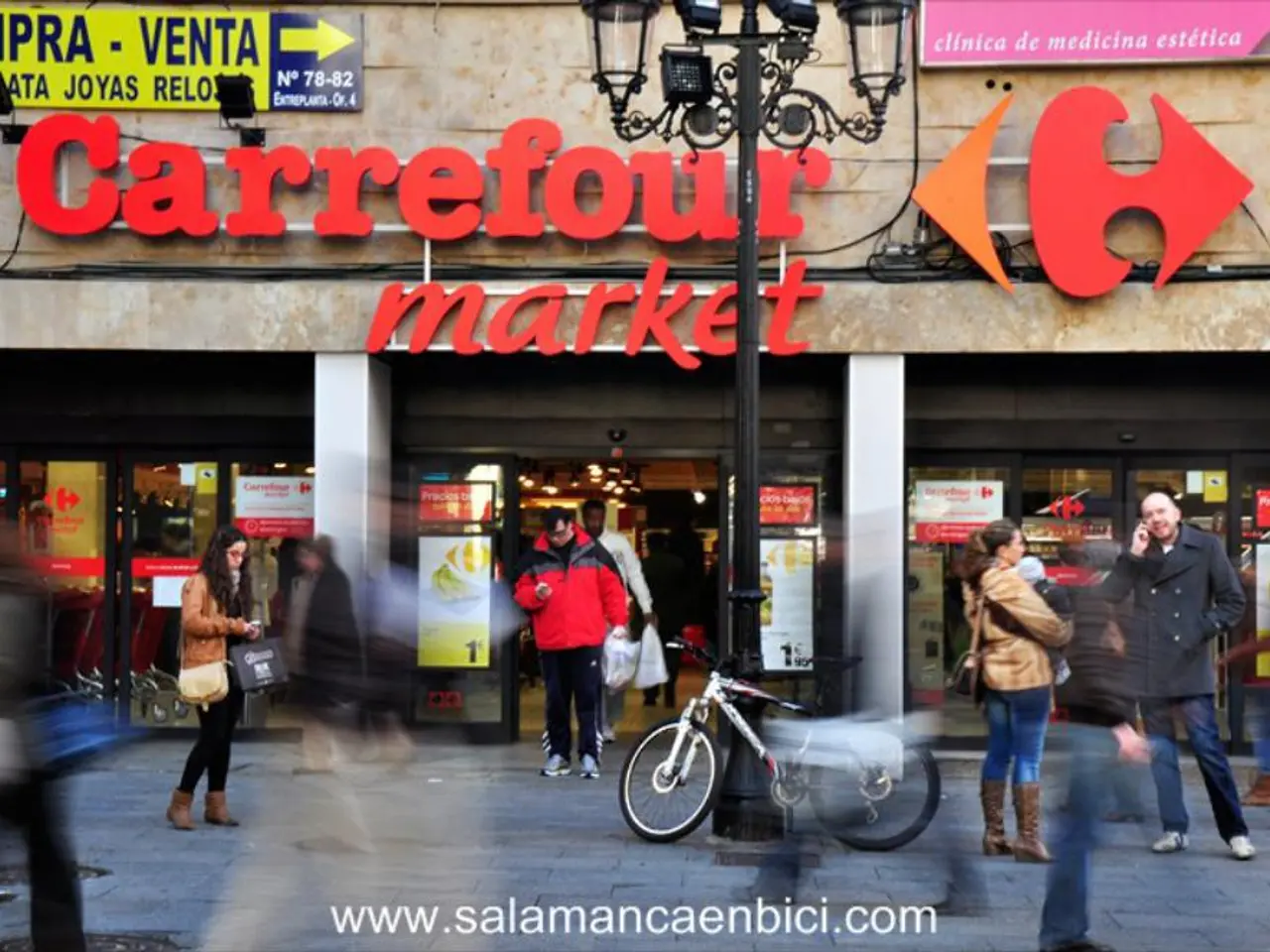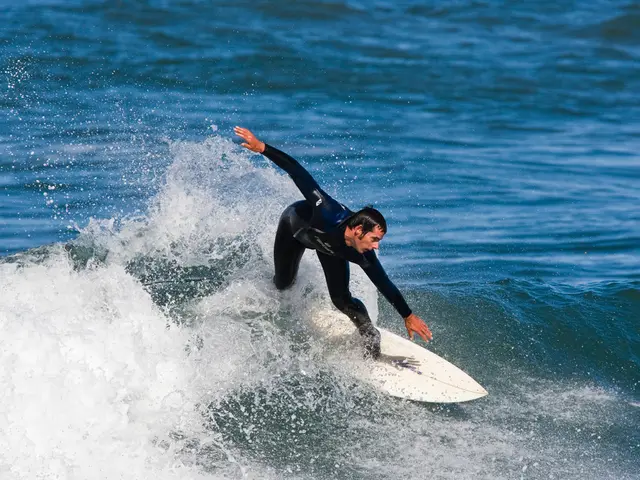Dubai's Reverse Tourism Boom: Hotel Occupancy Soars to 80.6%
Dubai's tourism sector is booming, with hotel occupancy rates soaring to 80.6% in early 2025, up from 78.7% last year. Revenue per room climbed 7% to AED 471. This growth is driven by the 'reverse tourism' trend, where visitors from nearby GCC countries choose Dubai for quick, hassle-free getaways.
Dubai's Department of Tourism, along with local hospitality groups and travel agencies, is capitalizing on this trend. They've developed packages targeting GCC visitors, offering luxury staycations, cultural experiences, and exclusive events. This strategy aims to boost local tourism revenue and cater to regional preferences.
The upcoming unified GCC tourist visa, rolling out in late 2025, is expected to further increase visitor numbers and spending. It's predicted to bring 22 million extra visitors to the region by 2030, adding $26 billion in spending. The UAE aims to attract 27.6 million visitors in 2025, with the GCC tourism market projected to hit $247 billion.
Dubai's tourism strategy aims for 25 million annual visitors. Businesses can contribute to this goal by adapting to the reverse tourism trend. This trend benefits local businesses, providing steady cash flow in hospitality, retail, and entertainment sectors. In the first half of 2025, Dubai welcomed 9.88 million international overnight visitors, a 6% increase from 2024, with GCC and MENA travelers making up 26% of that number.
Dubai's reverse tourism trend is a significant driver of its tourism growth. With the upcoming GCC tourist visa and the city's ambitious visitor targets, businesses should capitalize on this trend to contribute to Dubai's tourism success.






